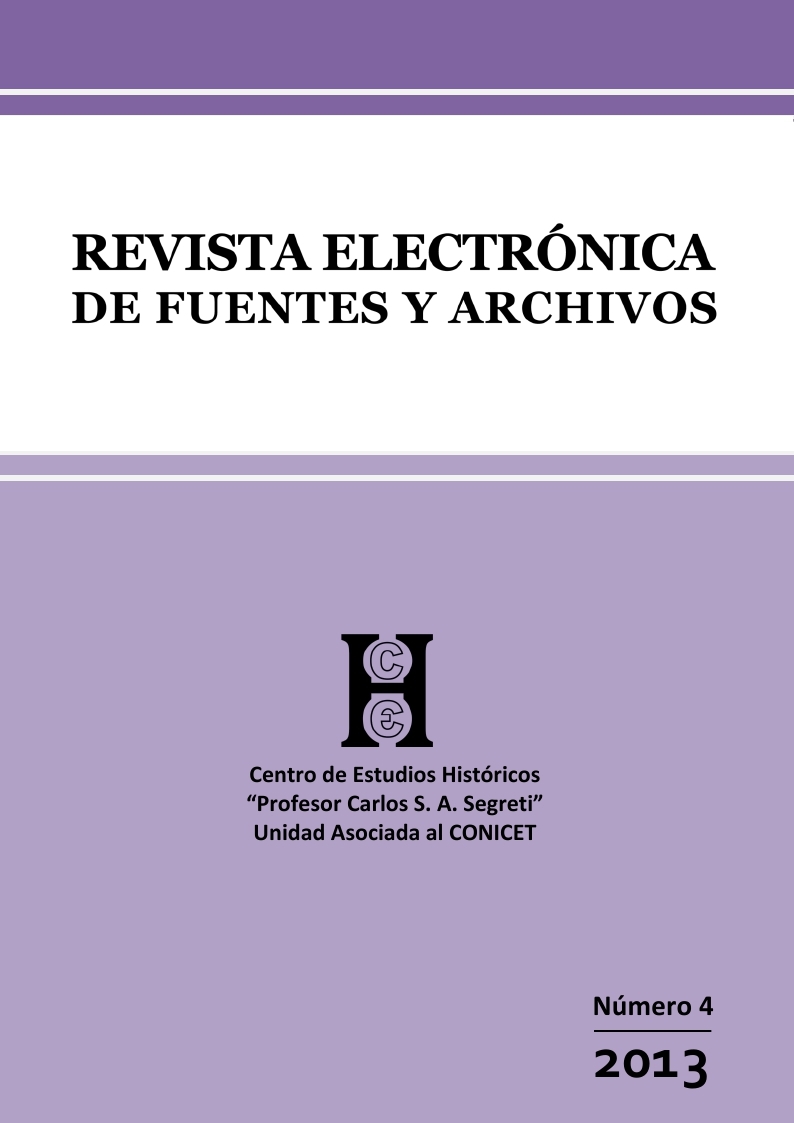How are decisions made at the IMF? The incidence of the central countries in the granting of the "shield" to Argentina in 2001
Keywords:
IMF Executive Board, G7, Argentina, currency board, blindajeAbstract
While there is ample evidence of the impact of the central countries governments’ on the IMF's behavior, questions arise regarding how conflicts between them are resolved, and what is the scope they have on the Fund’s behavior. In this paper two objectives are proposed. First, it is examined the relevance and significance of the Minutes of the IMF Executive Board meeting as a primary source for the analysis of the incidence of central countries’ interests on the organism. Second, based on the evidence contained in the Minutes of the IMF Executive Board meeting of January 12, 2001 in which it was decided to approve the “blindaje”, it is analyzed the position of the G7 countries regarding the continuity of convertibility. There are four positions that reflect differences within that block, standing out the critical positions.
Downloads
References
AZPIAZU Daniel, Las Privatizadas (II). Ayer, hoy y mañana, Buenos Aires, Capital Intelectual, 2005.
BARNETT Michael and Martha FINNEMORE, “The Politics, Power, and Pathologies of International Organizations”, International Organization, vol. 53, núm. 4, Autumn 1999, pp. 699-732.
BLUSTEIN Paul, And the money kept rolling in (and out). Wall Street, the IMF, and the bankrupting of Argentina, United States of America, PublicAffairs, 2005.
BRENTA Noemí y Mario RAPOPORT, “El FMI y la Argentina en los años noventa: de la hiperinflación a la hiperdesocupación”, N. MINSBURG (comp.), Los guardianes del dinero. Las políticas del FMI en la Argentina, Buenos Aires, Norma, 2003.
COPELOVITCH Mark, “Master or Servant? Agency Slack and the Politics of IMF Lending”, La Follette School Working Paper, núm. 2007-039, University of Wisconsin, Madison, 2007.
DE VRIES Margaret, The IMF in a Changing World 1945-1985, Washington DC, IMF, 1986.
FARGE Arlette, La atracción del archivo, Valencia, Alfons el Magnanim, 1991.
FRENKEL Roberto y Guillermo O’DONNELL, “Los programas de estabilización convenidos con el FMI y sus impactos internos”, Estudios, CEDES, vol 1, núm. 1, Buenos Aires, 1978.
GOLD Joseph, “Political Considerations Are Prohibited By Articles of Agreement When the Fund Considers Requests for Use of Resources”, IMF Survey, May 23, 1983.
HELLEINER Eric and Bessma MOMANI, “Slipping into Obscurity? Crisis and Reform at the IMF”, CIGI Working Paper, núm. 16, 2007, disponible en: http://www.cigionline.org/publications/2007/2/slipping-obscuritycrisis-and-reform-imf
IMF, “IMF to Increase Amount and Timeliness of Information”, IMF Survey Magazine, January 8, 2010, disponible en: http://www.imf.org/external/pubs/ft/survey/so/2010/POL010810A.htm.
LEITERITZ Ralf, “Explaining organizational outcomes: the International Monetary Fund and capital account liberalization”, Journal of International Relations and Development, vol. 8, núm. 1, 2005, pp. 1-26.
NEMIÑA Pablo, “Del blindaje a la intransigencia. Comportamiento del FMI durante la crisis económica argentina (2000-2001)”, Ciclos en la historia, la economía y la sociedad, núm. 39, IIHES, UBA, Buenos Aires, 2011.
STILES Kendall, Negotiating Debt. The IMF Lending Process, Boulder, San Francisco, Oxford, Westview Press, 1991.
STRANGE Susan, “IMF: Monetary Managers”, R. COX and H. JACOBSON, The Anatomy of Influence. Decision Making in International Organization, New Haven, Yale University Press, 1974.
TOPOLSKY Jerzy, Metodología de la historia, Madrid, Cátedra, 1985.
TOUSSAINT Eric, La bolsa a o la vida. Las finanzas contra los pueblos, Buenos Aires, Clacso, 2004.
WOODS Ngaire, The Globalizers. The IMF, the World Bank and Their Borrowers, Ithaca and London, Cornell University Press, 2006.
WOODS Ngaire, “The United States and the International Financial Institutions: Power and Influence Within the World Bank and the IMF”, R. FOOT, N. MACFARLANE and M. MASTANDUNO (eds.), US Hegemony and International Organizations, New York, Oxford University Press, 2003.
Downloads
Published
Issue
Section
License
Copyright (c) 2013 Pablo Nemiña

This work is licensed under a Creative Commons Attribution-NonCommercial-ShareAlike 4.0 International License.
Se puede compartir (copiar y redistribuir el material en cualquier medio o formato) y adaptar (remezclar, transformar y construir a partir del material), siempre que: a) se cite la autoría y la fuente original de su publicación (revista, editorial y URL de la obra); b) no se use con fines comerciales; c) la distribución de las obras derivadas se haga con una licencia igual a la que regula la obra original.




















